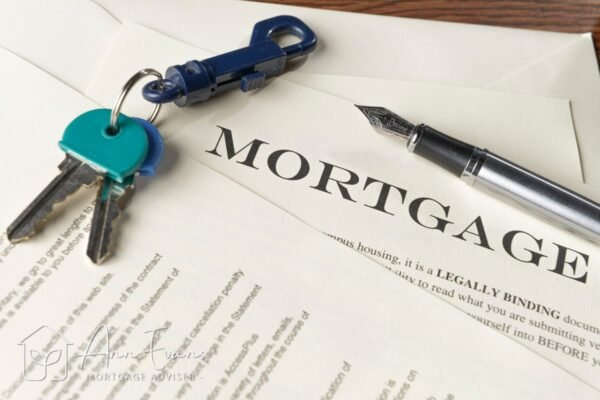Choosing the Right Buy-to-Let Mortgage
It’s important to choose the right buy-to-let mortgage for your rental property, so you can look forward to better returns on your investment. It’s also worth being aware of how the Renters’ Rights Bill and new EPC regulations could impact your future rental income. I’ve shared a guide for landlords on buy-to-let mortgages and the upcoming legislation changes.
Renters’ Rights Bill
As a landlord, it’s important to get a good understanding of The Renters’ Rights Bill. Due to become law between October 2025 and January 2026, there are a lot of changes expected.
Landlords will no longer be able to evict tenants without a legally valid reason. Section 21 ‘no-fault’ evictions will be abolished. Instead, you will need to provide evidence of specific grounds for possession. Assured short-hold tenancies and the practice of rental bidding (asking for offers above the advertised rent) will also be abolished.
As a landlord, you will no longer be allowed to increase rent more than once a year, and any rises must be within market prices. You won’t be allowed to ask for more than one month’s rent in advance, and you won’t be able to unreasonably refuse a tenant to keep pets.
New EPC Regulations
As the government increase their focus on energy efficiency, they are tightening up the rules on the Energy Performance of Buildings (EPB). By 2030 landlords may be required to produce Energy Performance Certificates (EPCs) of a minimum rating of C. As a result, they will be expected to upgrade their properties to achieve this new standard.
Mortgages for investment properties
Whether you are a seasoned property investor or a new landlord, it’s essential that you understand the terms of a buy-to-let or portfolio mortgage product.
Before making an offer, mortgage lenders consider various factors, such as affordability and expected rental income. They will need to understand the estimated yield (profit from your property investment) to check that you can afford the mortgage repayments.
Some lenders require a rental income of 125% of your monthly interest payments. They might also require you to have a deposit of 25% of the property purchase price, which is a loan-to-value ratio (LTV) of 75%.
Most lenders won’t offer a mortgage for a property valued under £50,000, and they might limit their offer to a certain number of properties. Many lenders require a minimum borrowing amount of £25,000 over a 3 to 35-year period, and you usually need a good credit record.
If you are expanding your property portfolio, then you may need a portfolio loan mortgage. This places all of your rental properties under one mortgage, which is then managed under one monthly payment. For a portfolio buy-to-let mortgage, the borrowing amount might be between £1,500,000 up to £20,000,000.
If you need a buy-to-let mortgage, I’m here to help. I have access to over 90 lenders, and I regularly source mortgages for property investors and landlords. Together, we’ll look at your eligibility, financial statements, and expected yield from your rental property to find a mortgage that’s right for you.For mortgage advice on buy-to-let properties, book a call today.
YOUR PROPERTY MAY BE REPOSSESSED IF YOU DO NOT KEEP UP REPAYMENTS ON YOUR MORTGAGE
Sources:
https://www.gov.uk/government/organisations/department-for-energy-security-and-net-zero
https://www.ybs.co.uk/commercial/product/portfolio-buy-to-let-mortgage




